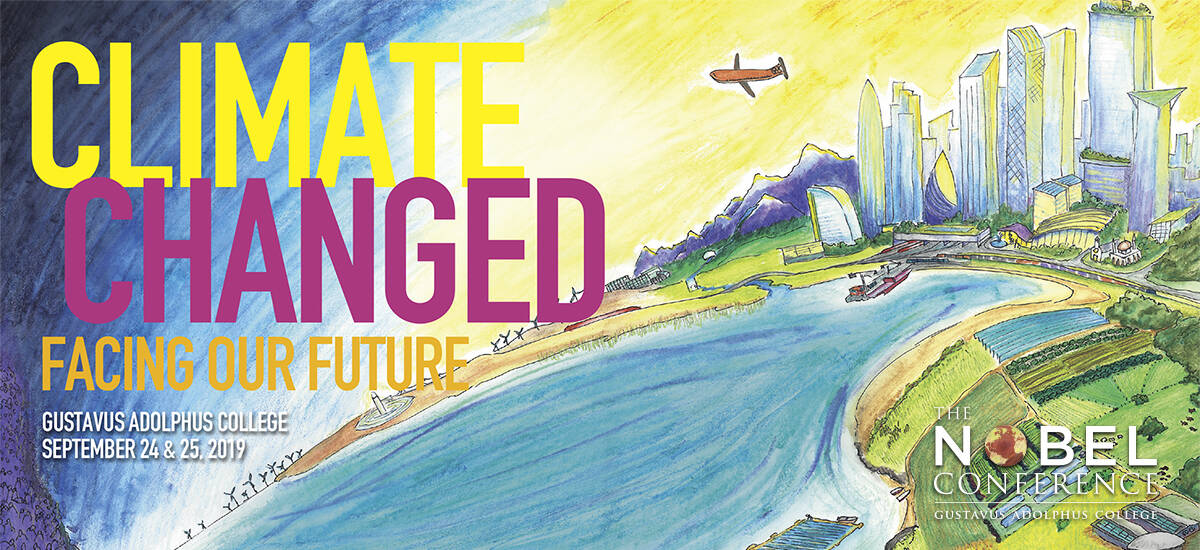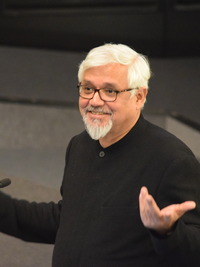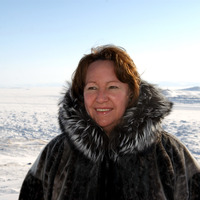High School Classroom Resources
Climate Science - Understanding Climate Change
Global Warming vs. Climate Change
 NASA explains the differences between weather and climate, as well as global warming and climate change, in this article.
NASA explains the differences between weather and climate, as well as global warming and climate change, in this article.
Rising Sea Levels
In this lesson plan, students will compare rising sea levels from data collected by NASA and will evaluate short-term and long-term trends. The lesson is geared towards students in advanced math and science programs.
Mapping Emissions and What We Release Into the World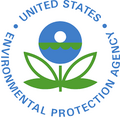
The Environmental Protection Agency (EPA) created a lesson plan for students to map greenhouse gas emissions based on where they live. Students in advanced science classes will use data collected by the EPA and other websites to form a deeper understanding of where greenhouse gases originate.
Tracking Your Carbon Footprint
With this website, students can easily calculate their environmental carbon footprint. Students will learn how many Earths it will take to support their lifestyle and will be given ways to live more sustainably.
Getting to the Core: The Link Between Temperature and Carbon Dioxide
For teachers who are instructing higher level math and science classes, this lesson plan will educate students about the links between temperature and carbon dioxide through analyzing ice core data spanning hundreds of thousands of years.
What Can We Learn from the Past to Help Predict the Future
Using Editorial Cartoons to Teach Poverty and Environmental Justice
In this lesson plan, social studies and English teachers can use the provided editorial cartoons to assist students in establishing connections between climate change and poverty.
Impacts of Climate Change and Solutions Students will learn about the impacts of climate change and further their knowledge by creating action plans to combat the effects of climate change. Through demonstrations, activities, and application problems, students will develop a comprehensive idea of how they can help curb the impacts of climate
Students will learn about the impacts of climate change and further their knowledge by creating action plans to combat the effects of climate change. Through demonstrations, activities, and application problems, students will develop a comprehensive idea of how they can help curb the impacts of climate
change through Scholastic's lesson plan.
Climate Modeling
A Basic Understanding of Climate Models
This website provides a basic understanding of what climate models are and how to use them to comprehend Earth's systems.
Understanding Climate Modules 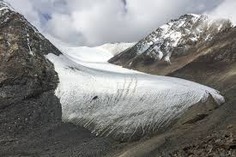
The Earth System Science Education Alliance compiled a list of NASA's climate change modules to demonstrate impacts of climate change and other scientific factors through a series of categories. Categories include: Arctic Oscillation, Carbon City, Carbon Monoxide, Fracking, Dust Bowl, Glaciers, and Infectious Disease Control.
Adaptation - Geoengineering
Discussing Geoengineering 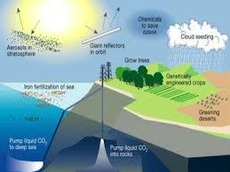
In this lesson plan, students will have the opportunity to discuss geoengineering as a possible strategy to slow the effects of climate change by analyzing the pros and cons, the ethical and political challenges, and more. The lesson plan would work in a science, history, or English class.
Infographics to Use in the Classroom
This website provides in-depth infographics that analyze and inform students about topics such as the basics of climate change, adaptation and mitigation, biodiversity, the relationship between the economy and environment, and more.
Geoengineering and Ocean Sustainability 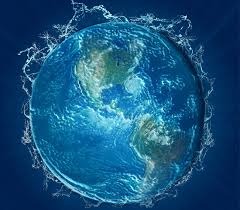
This lesson plan provides an in-depth look into the relationship between oceanography, ocean chemistry, biodiversity, and ecosystem ecology in conjunction with geoengineering. Students in higher level science classes would benefit from this plan due to the integration of more advanced science topics, specifically ocean life biology.
Science of Mitigation
Connecting Adaptation and Basic Climate Change Knowledge
PBS's lesson plan will educate students on ways to mitigate climate change and adapt to the impacts that have been created. This lesson would be beneficial for an introduction course or chapter to a science, history, or English class.
Mitigation Strategies 
Stanford University created a comprehensive lesson plan to teach students mitigation strategies on a global level and to determine the benefits and disadvantages to different approaches. The wedge project allows students to determine where and what resources should be used and the repercussions tied to each choice.
Climate Justice
Who will take the heat? 
PBS created a lesson plan for students to participate in a role play activity, where they will act as different countries debating topics surrounding global climate change policy, touching base on the environmental, economic, and political issues.
Teddy Roosevelt's View on Citizenship and the Environment
This lesson plan allows students to analyze historical events during Teddy Roosevelt's presidency in order to understand the relationship between society, the economy, the environment, and citizenship. The lesson is geared towards both social studies and science classes.
More Resources
Learn even more at this site of compiled resources for general audience members.
